1450
In late October, the Earth's population will increase to 7 billion
According to UN forecasts, to October 31, 2011 the world population will reach 7 billion people. It is hard to imagine that 200 years ago there were only 1 billion and in the next 150 years, this figure reached 3 billion. Over the last 50 years the world population has more than doubled and is expected to reach 15 billion. In 2100. Population growth provide only poor countries, in developed countries, fertility gradually decreases, as well as the population of "white people" (eng. White people). Such rapid population growth threatens global shortage of resources - recent years, food prices are rising continuously.
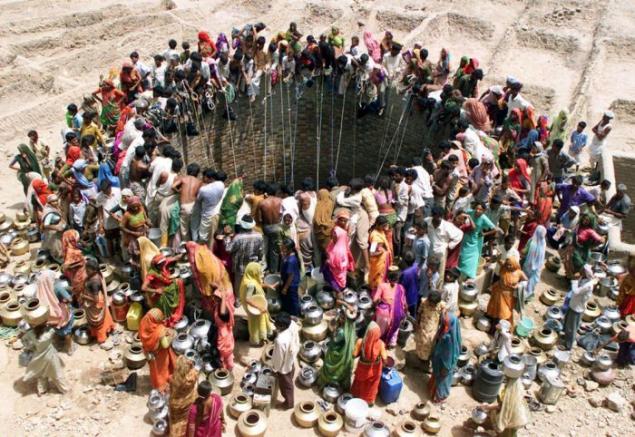
According to UN forecasts, in the coming years the population will increase by 78 million people annually. This family is the head of a religious sect called "Khan", which allows polygamy, the Indian state of Mizoram, 7 October 2011. He has 39 wives, 94 children and 33 grandchildren.

Currently, the population growth is accompanied by another process - the increasing role of cities. The following 2 billion will be born and will live in cities. British Columbia, Canada, September 24, 2011.
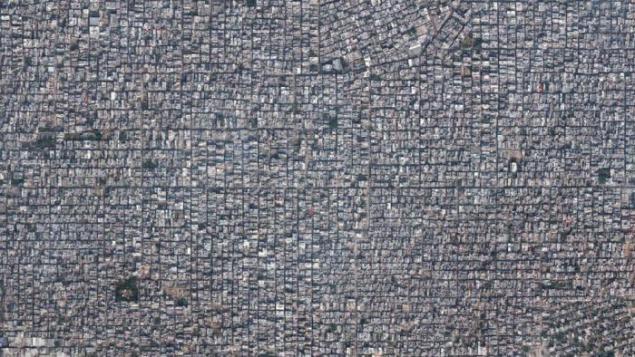
The rapid population growth began in the 60s of the 20th century. While in developed countries the birth rate is falling, in poor regions of Asia and Africa continued to grow in size, no matter what war, epidemics and food shortages. Photo densely populated area in West Delhi, India, a satellite view.
In 2010-2050 years half the world's population growth will provide a total of 9 countries, including India, Pakistan, Nigeria, the Democratic Republic of Congo, Tanzania and Bangladesh. However, this "nine" will include the US and China. World-famous concrete jungle "satellite city" Hong Kong - Po Lam, September 14, 2011. In this southern city are about 25% of all the faceless concrete high-rise apartment buildings in the world.
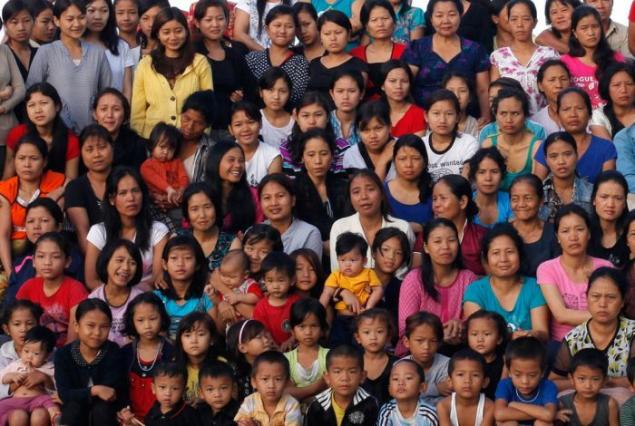
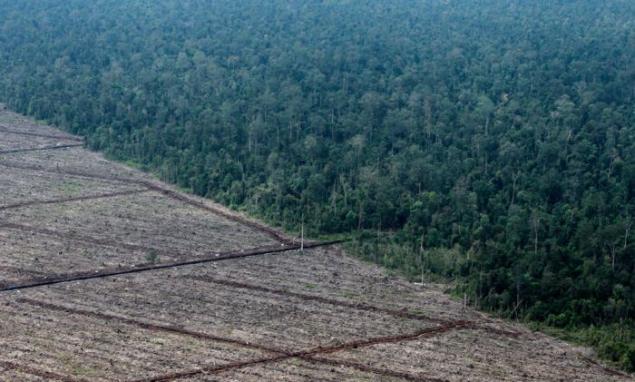

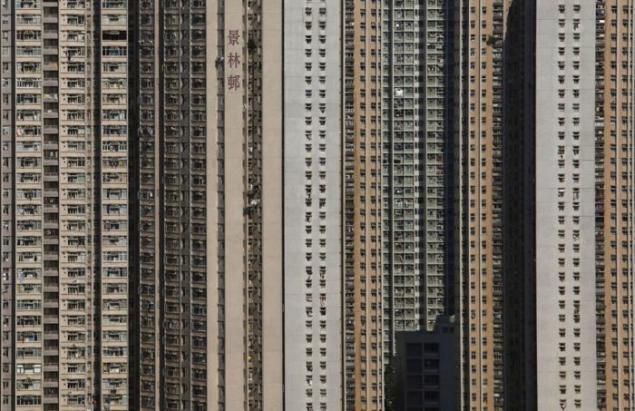
One of the main problems is the high birth rate of poverty. Gypsy camp near the island of Sulawesi in Indonesia. They live here in houses without such ships fresh water, electricity and TV, and go to the land only to bury the dead.
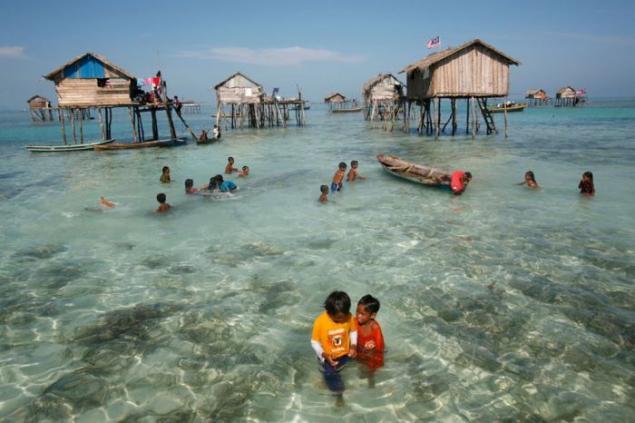
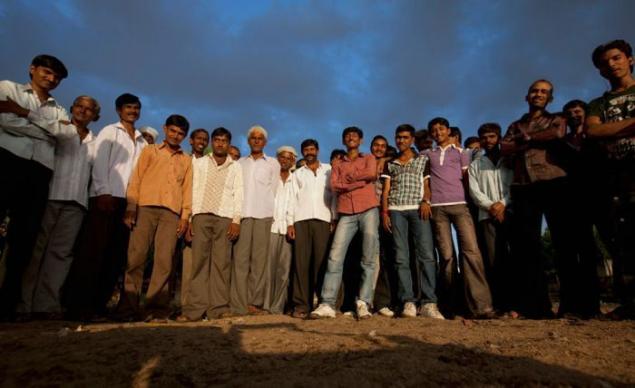
Against the background of population growth in poor countries, the rich countries 'age' - is gradually increasing the proportion of older people and the number of young people, on the contrary, decreases. Russia's population is aging, and - over the last 20 years, the average age increased from 34.9 years to 38.5. According to the Guinness Book of Records, is the world's oldest pair of twins from Belgium. They were born in 1910. October 2, 2011 Marie and Gabriel Vaudremer celebrated its 101 birthday.

Plantation codonopsis, the roots of which are widely used in traditional Chinese medicine. Gansu Province, May 31, 2011.

In 30-40 years the company developed country will look like: a little young, almost no children, about the same - people of middle age. With age, there is an overwhelming predominantly female, the women are busy almost all senior positions in the government. Street Mong Kok in Hong Kong, which is the place with the highest population density in the world - 130 thousand people per square kilometer, 4 October 2011.



Increasing the speed of fertility brings big problems as a lack of food and other resources. Rush Hour motorcyclists in Taipei, October 29, 2009. On the roads of Taiwan is now about 8.8 million motorcycles and 4.8 million. Machines.
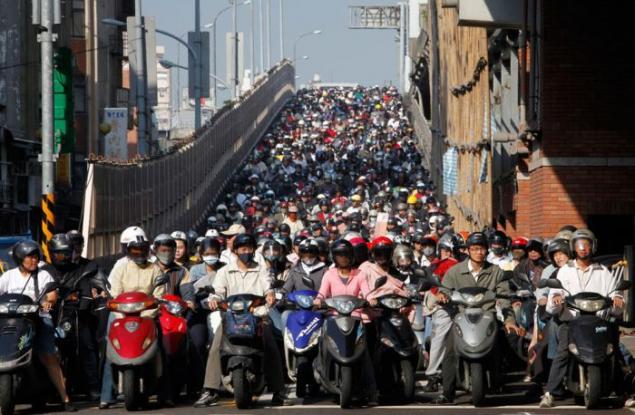
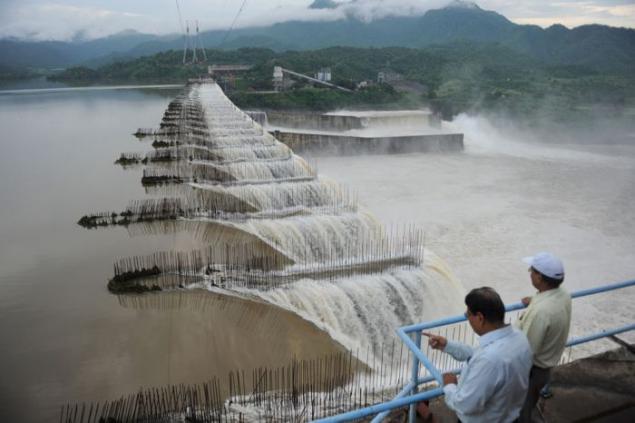
At birth a strong influence and religious traditions, regardless of which God is worship. The higher the religiosity, the higher birth rate. A crowded maternity ward in Manila, Philippines, June 1, 2011. Each day in this chamber 60 is born. The Philippines is the second most populous country in the region after Indonesia.

India is the second country after China in terms of population - 1,217,957,000 people on October 24, 2011 (17.39% of the population). At the construction site on the outskirts of New Delhi, is the construction of a new residential building for new tenants, India, October 5, 2011.
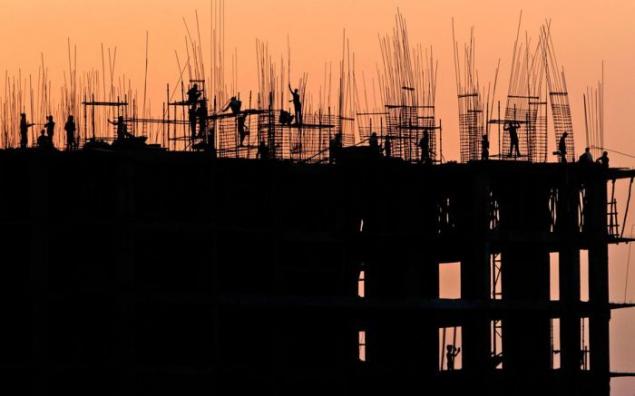
According to forecasts, India will surpass China in population by 2030. Slums in Mumbai, India, 9 October 2011.
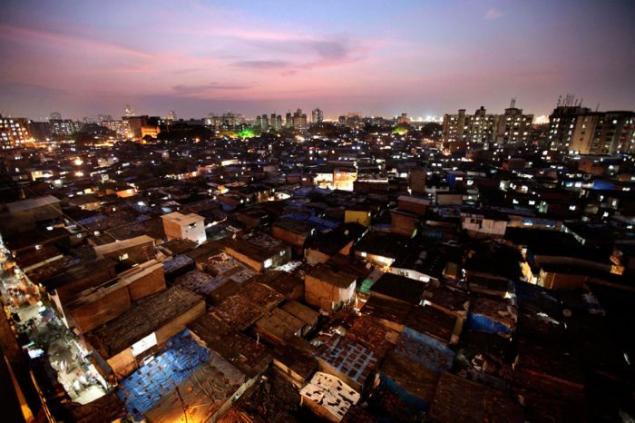

Agricultural regions in Heilongjiang Province near the city of Harbin, China. Satellite view.
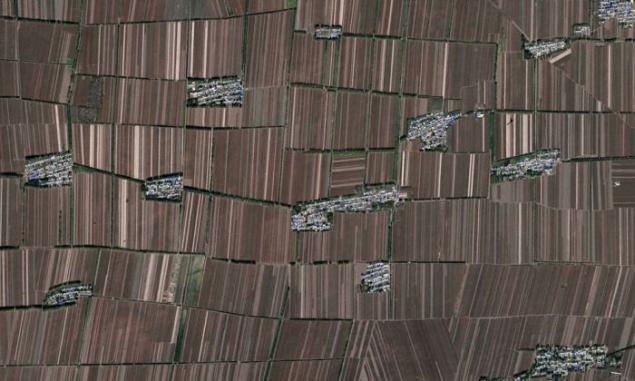
Refugee camp in Kenya near the border with Somalia, July 31, 2011. Because of drought and ongoing armed conflicts in Somalia, there is a food crisis.
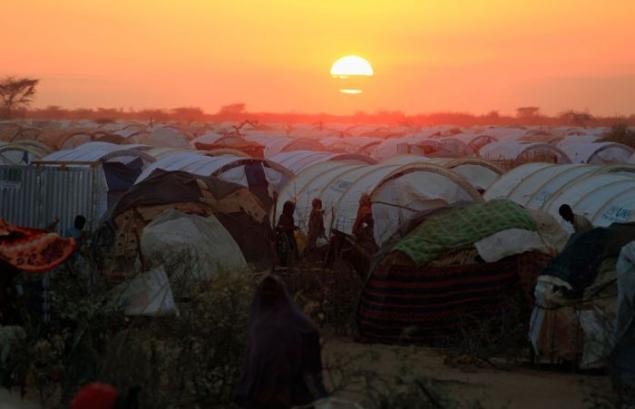
Interesting buildings in the city of Sun City, Arizona. Satellite view.

Along with the growth of the world population, the process of urbanization - to enhance the role of cities. This tiny village is located on the coast of one of the islands of Scotland, on September 22, 2011. It is home to just 65 people, and is the smallest school in the UK.

However, in the Scottish village there are sports facilities. That's just nobody to play there: for 65 people here there are only 7 children.

Areas quarters. Shanghai is now the most populous city in the world, where more than 23 million inhabitants.
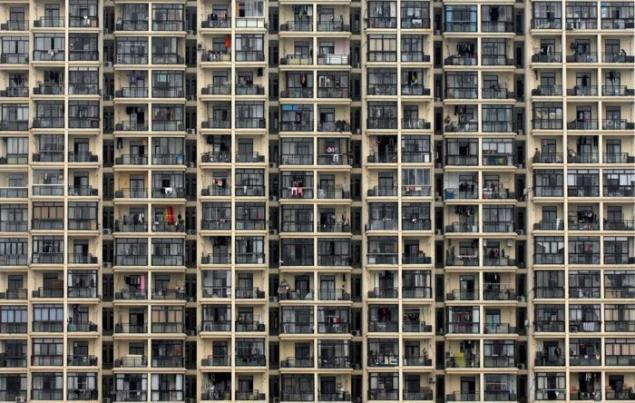
Population growth brings problems in the form of increased waste. Due to heavy rains in the Philippines, this dump "slipped" directly to homes on August 28, 2011.

Mongolia is one of the least densely populated countries in the world. Here, in an area 3 times the area of France, home to only 2.7 million people. Each year, 30 to 40 thousand people migrate from rural areas to the capital city - Ulan Bator.
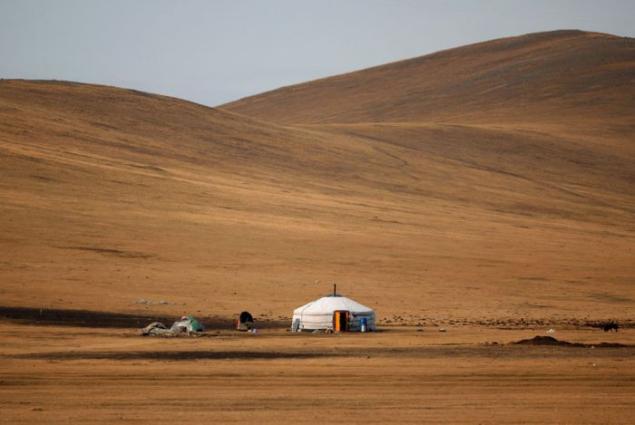

Bangladesh is on the 7th place of the world in terms of population - 162 million people, or 2.34% of the population. This natural cemetery rickshaws in one of the districts of the capital - Dhaka. On the streets of many cities in the country rickshaws more than cars, and they are an important source of income. In Dhaka Roads are more than 1 million of these vehicles, representing a headache for the police: nearly half of all traffic accidents in the city falls on them.
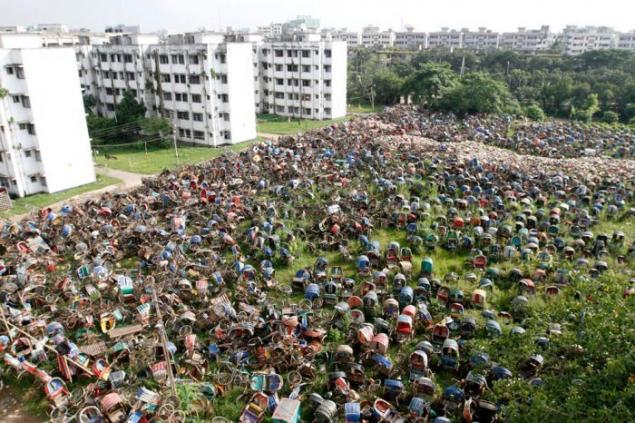
Home for the elderly near Munich, Germany, June 21, 2011.

Poor areas in Africa, where about 1 million people. The slums are in Nairobi - Kenya's capital. (Photo by Thomas Mukoya
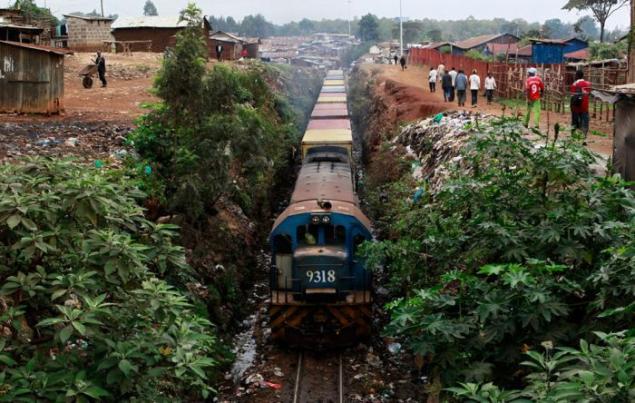
Boats, cleaned the garbage from the reservoir in the town of Yunyang, China, 24 October 2011.
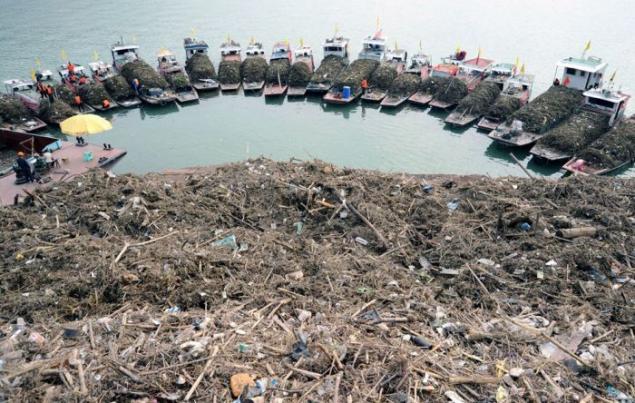
China - the first largest country on the planet. It is home to 1,347,400,000 people (October 24, 2011, 19.45% of the population). Waterpark in Chinese, Suining, China, July 4 2010.

Residential areas in the hills around Rio de Janeiro, Brazil. The country is ranked 5th in the world but the population - 195 486 000 million or 2.82% of the population. Satellite view.
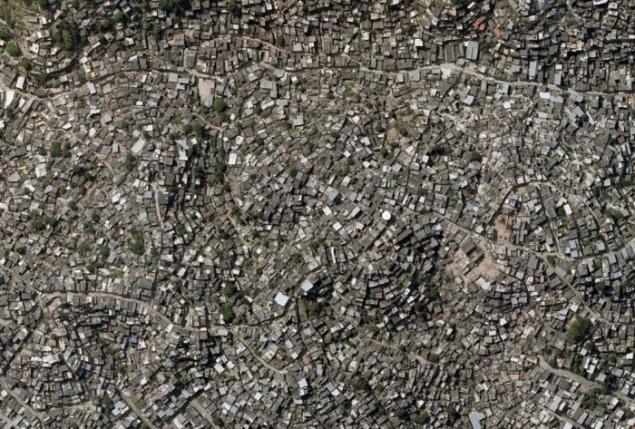
Slums in Sao Paulo, Brazil. In order to somehow improve the appearance of areas, local artisans paint the walls of buildings on 27 August 2011.
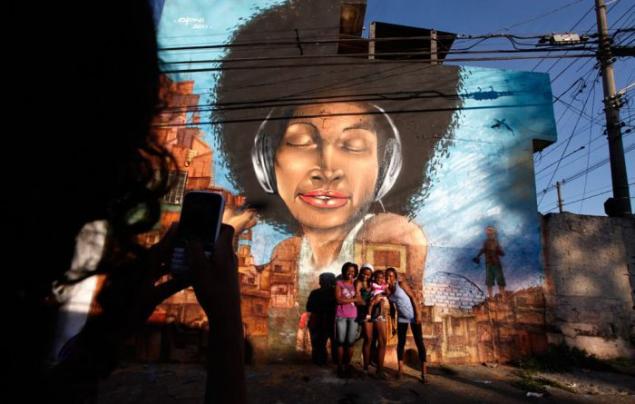
Fertility drops dramatically when the "weak" sex business out there (work, career, etc.). This is typical of developed countries. Meanwhile, women are "in the kitchen", saved many children.
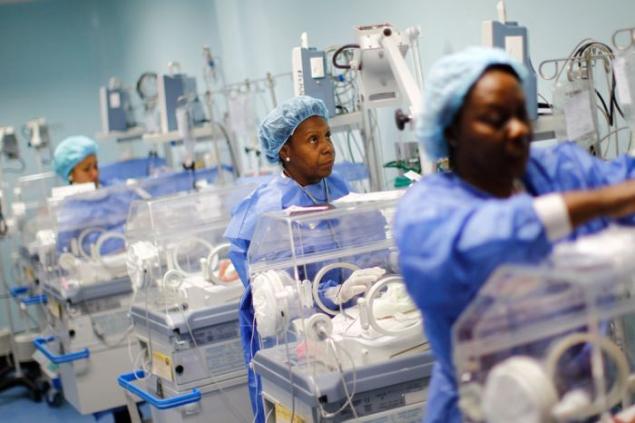
Shanghai, China, 4 November 2010.

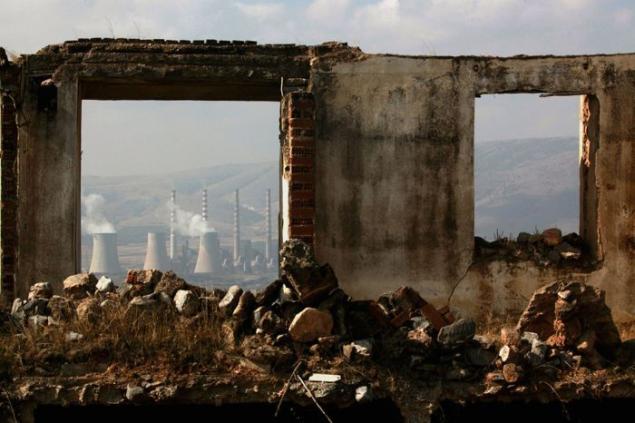
Features national perevozokpo-Bangladesh on 23 January 2011.
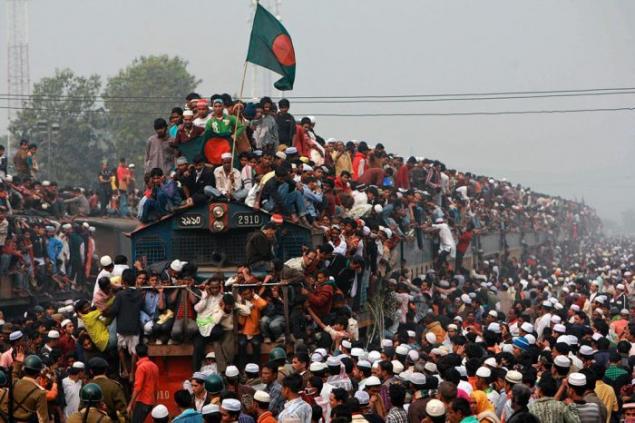
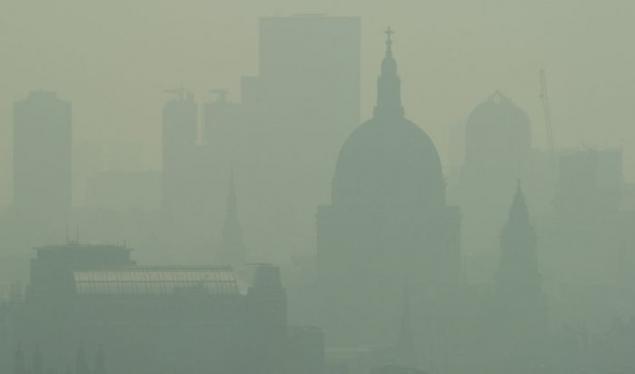
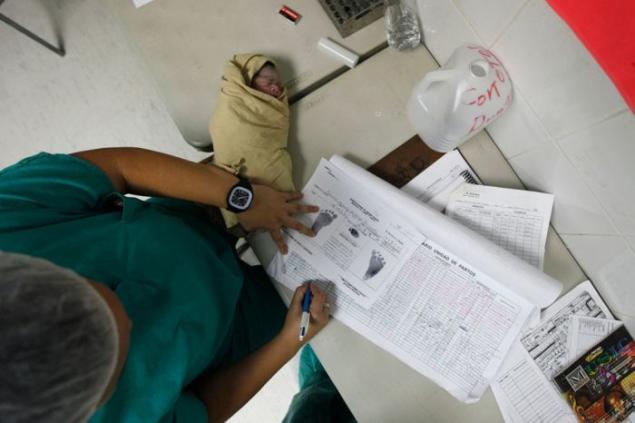
Source: blogs.privet.ru

According to UN forecasts, in the coming years the population will increase by 78 million people annually. This family is the head of a religious sect called "Khan", which allows polygamy, the Indian state of Mizoram, 7 October 2011. He has 39 wives, 94 children and 33 grandchildren.

Currently, the population growth is accompanied by another process - the increasing role of cities. The following 2 billion will be born and will live in cities. British Columbia, Canada, September 24, 2011.

The rapid population growth began in the 60s of the 20th century. While in developed countries the birth rate is falling, in poor regions of Asia and Africa continued to grow in size, no matter what war, epidemics and food shortages. Photo densely populated area in West Delhi, India, a satellite view.
In 2010-2050 years half the world's population growth will provide a total of 9 countries, including India, Pakistan, Nigeria, the Democratic Republic of Congo, Tanzania and Bangladesh. However, this "nine" will include the US and China. World-famous concrete jungle "satellite city" Hong Kong - Po Lam, September 14, 2011. In this southern city are about 25% of all the faceless concrete high-rise apartment buildings in the world.




One of the main problems is the high birth rate of poverty. Gypsy camp near the island of Sulawesi in Indonesia. They live here in houses without such ships fresh water, electricity and TV, and go to the land only to bury the dead.


Against the background of population growth in poor countries, the rich countries 'age' - is gradually increasing the proportion of older people and the number of young people, on the contrary, decreases. Russia's population is aging, and - over the last 20 years, the average age increased from 34.9 years to 38.5. According to the Guinness Book of Records, is the world's oldest pair of twins from Belgium. They were born in 1910. October 2, 2011 Marie and Gabriel Vaudremer celebrated its 101 birthday.

Plantation codonopsis, the roots of which are widely used in traditional Chinese medicine. Gansu Province, May 31, 2011.

In 30-40 years the company developed country will look like: a little young, almost no children, about the same - people of middle age. With age, there is an overwhelming predominantly female, the women are busy almost all senior positions in the government. Street Mong Kok in Hong Kong, which is the place with the highest population density in the world - 130 thousand people per square kilometer, 4 October 2011.



Increasing the speed of fertility brings big problems as a lack of food and other resources. Rush Hour motorcyclists in Taipei, October 29, 2009. On the roads of Taiwan is now about 8.8 million motorcycles and 4.8 million. Machines.


At birth a strong influence and religious traditions, regardless of which God is worship. The higher the religiosity, the higher birth rate. A crowded maternity ward in Manila, Philippines, June 1, 2011. Each day in this chamber 60 is born. The Philippines is the second most populous country in the region after Indonesia.

India is the second country after China in terms of population - 1,217,957,000 people on October 24, 2011 (17.39% of the population). At the construction site on the outskirts of New Delhi, is the construction of a new residential building for new tenants, India, October 5, 2011.

According to forecasts, India will surpass China in population by 2030. Slums in Mumbai, India, 9 October 2011.


Agricultural regions in Heilongjiang Province near the city of Harbin, China. Satellite view.

Refugee camp in Kenya near the border with Somalia, July 31, 2011. Because of drought and ongoing armed conflicts in Somalia, there is a food crisis.

Interesting buildings in the city of Sun City, Arizona. Satellite view.

Along with the growth of the world population, the process of urbanization - to enhance the role of cities. This tiny village is located on the coast of one of the islands of Scotland, on September 22, 2011. It is home to just 65 people, and is the smallest school in the UK.

However, in the Scottish village there are sports facilities. That's just nobody to play there: for 65 people here there are only 7 children.

Areas quarters. Shanghai is now the most populous city in the world, where more than 23 million inhabitants.

Population growth brings problems in the form of increased waste. Due to heavy rains in the Philippines, this dump "slipped" directly to homes on August 28, 2011.

Mongolia is one of the least densely populated countries in the world. Here, in an area 3 times the area of France, home to only 2.7 million people. Each year, 30 to 40 thousand people migrate from rural areas to the capital city - Ulan Bator.


Bangladesh is on the 7th place of the world in terms of population - 162 million people, or 2.34% of the population. This natural cemetery rickshaws in one of the districts of the capital - Dhaka. On the streets of many cities in the country rickshaws more than cars, and they are an important source of income. In Dhaka Roads are more than 1 million of these vehicles, representing a headache for the police: nearly half of all traffic accidents in the city falls on them.

Home for the elderly near Munich, Germany, June 21, 2011.

Poor areas in Africa, where about 1 million people. The slums are in Nairobi - Kenya's capital. (Photo by Thomas Mukoya

Boats, cleaned the garbage from the reservoir in the town of Yunyang, China, 24 October 2011.

China - the first largest country on the planet. It is home to 1,347,400,000 people (October 24, 2011, 19.45% of the population). Waterpark in Chinese, Suining, China, July 4 2010.

Residential areas in the hills around Rio de Janeiro, Brazil. The country is ranked 5th in the world but the population - 195 486 000 million or 2.82% of the population. Satellite view.

Slums in Sao Paulo, Brazil. In order to somehow improve the appearance of areas, local artisans paint the walls of buildings on 27 August 2011.

Fertility drops dramatically when the "weak" sex business out there (work, career, etc.). This is typical of developed countries. Meanwhile, women are "in the kitchen", saved many children.

Shanghai, China, 4 November 2010.


Features national perevozokpo-Bangladesh on 23 January 2011.



Source: blogs.privet.ru























